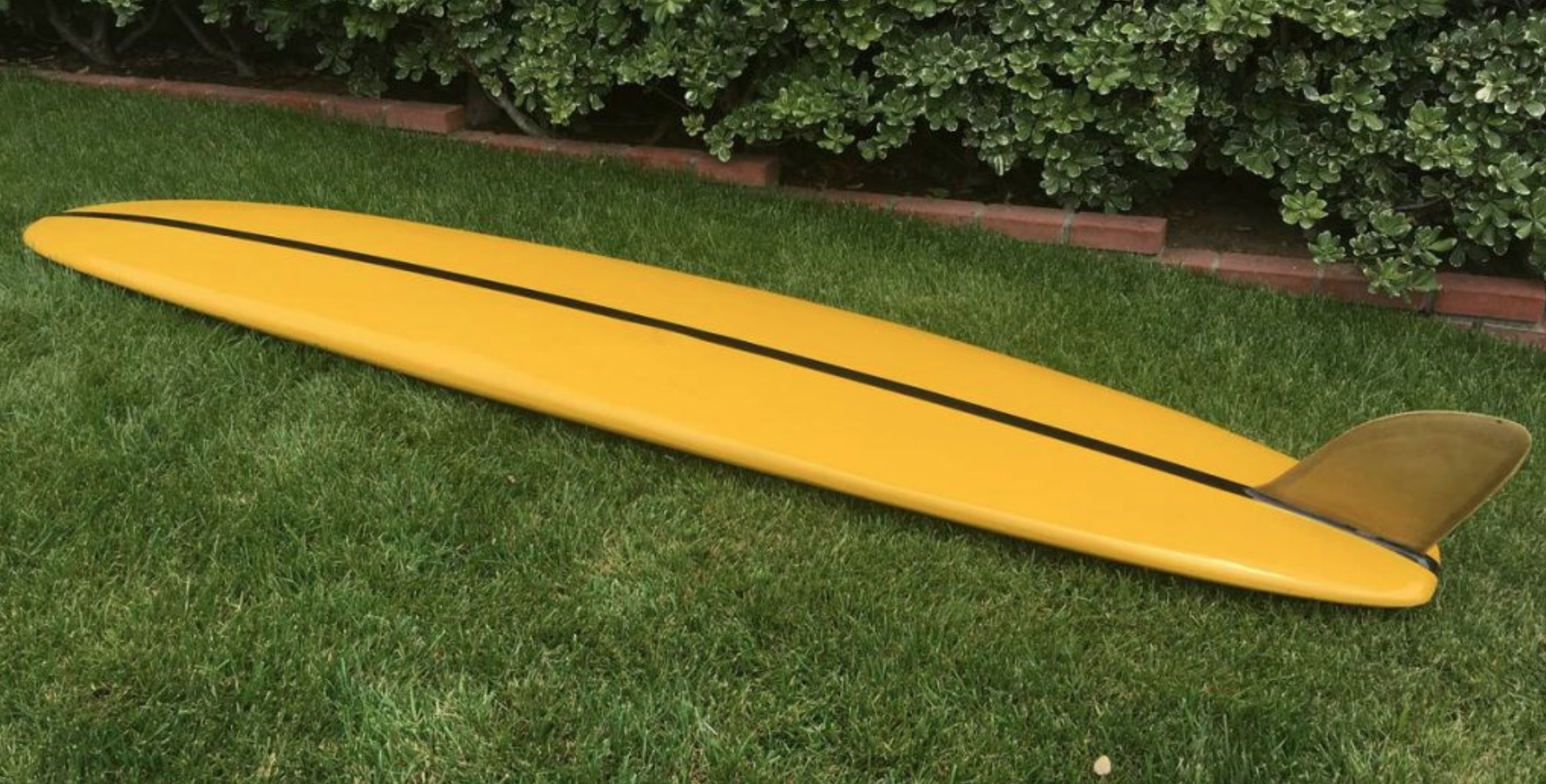Riding the Waves of Time: A Dive into the Rich History of Surfboards
Surfboards have undergone a fascinating evolution over the years, shaping both the sport of surfing and the boards themselves. The history of surfboards is a tale that unfolds through the ages, marked by innovation, experimentation, and a deep connection with the oceans. Let's dive into the rich narrative of surfboard history, exploring its various eras, designs, and the cultural significance that has made surfing a global phenomenon.
The Ancient Wave Riders
Surfing's roots trace back to ancient Polynesians, who were among the first to ride the waves for both recreation and transportation. Their surfboards, known as "olo" or "alaia," were handcrafted from solid wood, predominantly from the endemic koa tree. These early surfboards were relatively short, ranging from 7 to 14 feet, and showcased the skilled craftsmanship of the Polynesian people.
The Evolution of Hawaiian Craftsmanship
Hawaiians continued to refine the art of surfboard crafting, introducing the "olo" and "alaias" into their religious and social practices. Surfing became deeply ingrained in Hawaiian culture, with special boards reserved for the elite. These traditional wooden boards paved the way for future innovations in surfboard design.
Foam and Fiberglass Revolution
The 20th century marked a transformative era for surfboards with the advent of foam and fiberglass. In the 1950s, Californian surfboard shapers like Bob Simmons pioneered the use of polyurethane foam and fiberglass cloth. This groundbreaking shift from solid wood to foam-core boards allowed for greater buoyancy, maneuverability, and mass production.
Longboards and the Malibu Era
The 1960s witnessed the rise of the longboard, a stable and versatile design that became synonymous with the Californian surf culture. Surfers reveled in the golden age of Malibu, where longboards ruled the waves, offering graceful rides and a return to the sport's roots. The popularity of longboarding transcended generations, with its revival in the late 1990s capturing the hearts of a new wave of surfers.
Shortboards and High-Performance Surfing
As the 1970s unfolded, a new era emerged with the introduction of shortboards. These smaller, lighter boards revolutionized the sport, allowing surfers to perform more radical maneuvers. Shapers like Dick Brewer and Simon Anderson played pivotal roles in refining shortboard designs, ushering in an era of high-performance surfing that captivated audiences around the world.
The Thruster and the 1980s Revolution
In the early 1980s, Simon Anderson's invention of the thruster—a three-fin setup—became a game-changer, offering a perfect balance of speed, control, and maneuverability. This innovation revolutionized competitive surfing and influenced board design for decades to come. Surfers could now execute powerful turns and ride in the critical section of the wave with unparalleled precision.
The Resurgence of Alternative Designs
The late 20th century and early 21st century saw a resurgence of interest in alternative board designs. Surfers embraced a diverse range of shapes, including retro-inspired fish boards, egg-shaped mid-lengths, and high-volume funboards. This eclectic mix allowed surfers to explore different styles and rediscover the joy of experimentation.
Technology Meets Tradition
In recent years, advancements in technology have further shaped surfboard design. Computer-aided shaping machines and advanced materials, such as epoxy resins and carbon fiber, have pushed the boundaries of performance. However, despite these technological leaps, there's also a growing appreciation for traditional craftsmanship, with many surfers seeking out hand-shaped boards for their unique character.
Cultural Impact and Sustainable Surfboards
Surfing has transcended its coastal origins to become a global phenomenon, influencing art, fashion, and popular culture. As environmental awareness grows, the surf industry has turned its attention to sustainability. Shapers now explore eco-friendly materials, recycling programs, and sustainable manufacturing practices to reduce the environmental footprint of surfboards.
Navigating the Waves of Tradition and Innovation
At South End Surf 'N Paddle, we pride ourselves on curating a diverse selection of surfboards that honor the rich history of the sport while embracing cutting-edge designs. Our collection spans longboards, shortboards, fish boards, and everything in between. Whether you're a seasoned pro or just dipping your toes into the world of surfing, our knowledgeable staff can guide you to the perfect board for your style and skill level.
The Journey Continues
In conclusion, the history of surfboards reflects not only the evolution of a sport but also a deep connection between humans and the vast oceans. From ancient wooden planks to modern marvels of technology, surfboards have carried riders through countless waves, becoming more than mere tools—they are vessels of stoke, stories, and endless exploration. As the surfboard continues to evolve, the journey of wave riding unfolds, weaving together tradition, innovation, and the timeless thrill of riding the perfect wave.
With a nod to the past and an eye on the future, surfers will continue to ride the waves of history, carving out new chapters and preserving the essence of what makes surfing an enduring and captivating pursuit.
This comprehensive exploration into the history of surfboards spans the ages, tracing the evolution of designs, cultural influences, and the significant milestones that have shaped the sport. From the ancient Polynesians to the present-day surf culture, each era contributes to the rich tapestry of surfing, making it a sport that not only rides waves but also rides through time. Whether you're a seasoned rider or a newcomer to the waves, the history of surfboards adds depth and meaning to every drop, turn, and ride, connecting surfers across generations and continents.










